Uncovering the Best Ultralight Alternatives for Your Development Needs
Ultralight, an HTML UI kit, is renowned for its stripped-down, high-performance WebKit engine designed specifically for games and desktop applications. While its focus on speed and efficiency is admirable, developers often seek alternatives that might offer different feature sets, broader platform support, or a more tailored approach to their specific project requirements. This article explores the top Ultralight alternatives available today, helping you find the perfect fit for your next project.
Top Ultralight Alternatives
Whether you're looking for cross-platform compatibility, specific rendering capabilities, or a more extensive feature set, there's an Ultralight alternative out there for you. Dive into our curated list to discover the best options.

Electron
Electron allows you to build powerful desktop applications using familiar web technologies like JavaScript, HTML, and CSS. It's a fantastic open-source, cross-platform Ultralight alternative for developers comfortable with web development, offering features like a robust build system, HTML5 support, and the ability to create native applications on Mac, Windows, Linux, and even web platforms.
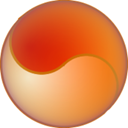
Sciter
Sciter provides a GPU-accelerated stack of web technologies for desktop UI development, enabling you to build cross-platform desktop apps with HTML and CSS. As a Freemium Ultralight alternative, it's known for being lightweight and supporting scripting, making it a strong contender for those prioritizing efficiency on Mac, Windows, and Linux.
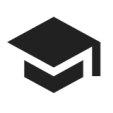
DeskGap
DeskGap is an open-source framework for building cross-platform desktop applications using web technologies (JavaScript, HTML, and CSS). It serves as a free Ultralight alternative, offering a straightforward approach to developing desktop apps for Mac and Windows with a focus on cross-platform compatibility.
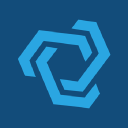
NoesisGUI
NoesisGUI is a User Interface middleware for videogames and realtime applications, featuring fast hardware-accelerated vector graphics on GPU and multithreading. This free personal Ultralight alternative supports an extensive range of platforms including Mac, Windows, Linux, Android, iOS, and various gaming consoles, making it highly versatile for UI development with XAML and a strong emphasis on cross-platform capabilities.

Google Cobalt
Google Cobalt is a lightweight HTML5/CSS/JS application container designed for rich application development with minimal resource consumption. This free and open-source Ultralight alternative is available on Mac, Windows, and Linux, offering a simple and efficient environment for web-based applications.
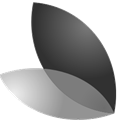
Chromely
Chromely stands as a lightweight, free, and open-source Ultralight alternative, specifically targeting .NET/.NET Core developers. It's a desktop app framework that offers cross-platform support for Mac, Windows, and Linux, and notably features React integration, making it a great choice for modern web-tech-driven desktop applications.
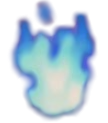
azula
azula is a lightweight, freemium, and open-source desktop app Ultralight alternative built upon Ultralight itself, leveraging its embedding-friendly Fork of WebKit for reduced memory usage and low disk space. Currently available on Windows, azula provides a streamlined solution for desktop application development.
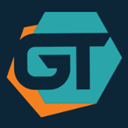
Coherent GT
Coherent GT is a commercial user interface runtime for game UI, based on a heavily modified version of WebKit. This Ultralight alternative focuses on removing unnecessary WebKit features and rewriting core components for optimal game performance, offering support for Mac, Windows, and Linux.
Ultimately, the best Ultralight alternative for your project will depend on your specific needs, including target platforms, performance requirements, and preferred development stack. We encourage you to explore these options further to find the perfect solution that aligns with your vision.